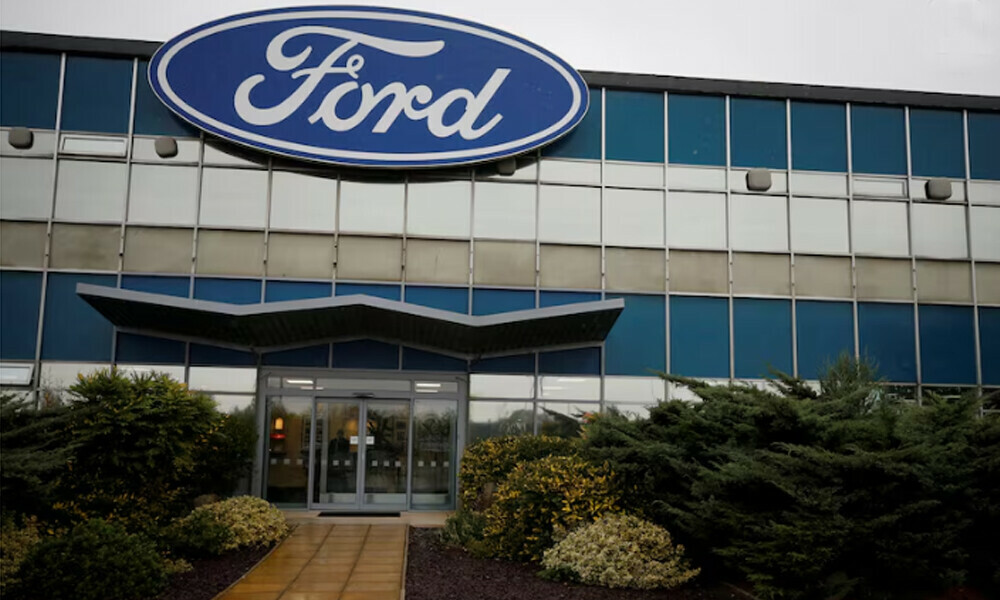Ford Motor Company, a global industrial giant, has been producing automobiles for over 100 years. Throughout its long history, the company has delivered a wide variety of vehicles, most of which have been successful and sold across multiple international markets.
It would be hard to find an American today who hasn’t encountered a Ford vehicle in some capacity—whether they’ve owned one or simply ridden in one. The brand’s presence is so widespread that it’s virtually unavoidable.
That said, not every Ford vehicle has hit the mark. The Edsel stands as a notable example of a flop, only remaining on sale for a brief period.
Beyond vehicles, Ford also dabbled in other industries, such as aviation—though it bowed out after manufacturing just 199 Ford Trimotors.
Still, when it comes to its primary focus of building cars and trucks, the automaker has produced far more hits than misses, helping to cement its status as a major player in the global automotive industry.
With factories operating around the world, Ford has easily sold millions of vehicles across a vast lineup of models.
The company’s extensive legacy in vehicle manufacturing and global sales has led to the creation of some of its most iconic and best-selling models of all time. Below are 10 of the most successful Ford vehicles ever made.
10. Ford Explorer – 7 million
Although Ford wasn’t the originator of the SUV, the Explorer played a crucial role in shaping the segment and elevating it to dominance on the road.
The Explorer name was initially used as a trim level for full-size pickup trucks between 1968 and 1986, before being revived in 1991 as an all-new SUV designed to serve families.
The success of the Jeep Cherokee and the shortcomings of Ford’s own Bronco II forced the company to reconsider its strategy, eventually resulting in a new vehicle that used an upsized Ranger platform.
The Explorer quickly became a commercial success, with sales skyrocketing. Its initial release featured a modern design and came equipped with a range of trims and features that appealed to a wide variety of consumers.
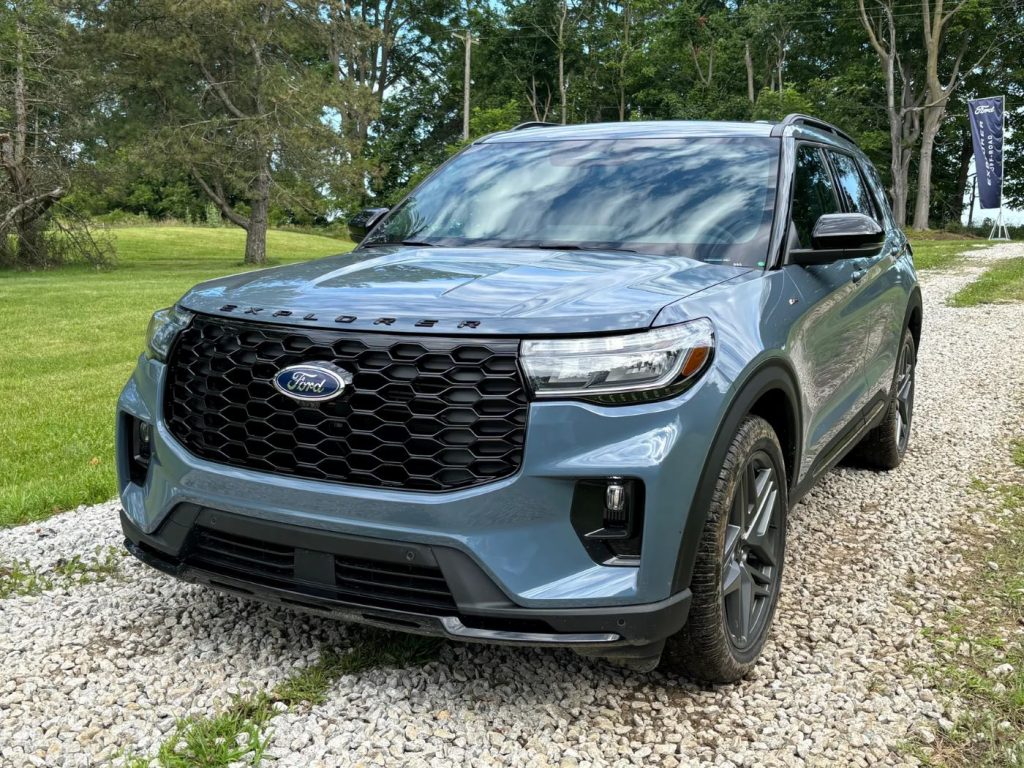
High-end versions like the Eddie Bauer edition gave it a premium feel, which helped it thrive in an increasingly competitive SUV market. As the model evolved over time, it moved away from its truck-based roots in 2002 and transitioned to a unibody construction in 2011.
Switching to a unibody frame allowed the Explorer to further strengthen its position in the market and paved the way for it to be widely adopted as a police cruiser—something not feasible with the older, heavier body-on-frame design.
While most Explorer sales were concentrated in the United States—limiting its global ranking—it still earned a place in Ford’s top 10 best-selling vehicles, with over 7 million units sold since 1991.
9. Ford Taurus – 8 million
Throughout the 1970s and early 1980s, the American auto industry faced serious challenges, marked by declining performance, questionable build quality, and arguably uninspired design.
But as the 1980s wore on, domestic manufacturers started to recover, gradually regaining the public’s interest with more appealing cars. For Ford, the moment called for a breakthrough vehicle that could replace its aging lineup, and the answer came from its European branches.
Drawing from European approaches to design, engineering, and bodywork, Ford introduced the Taurus, a model that would go on to reshape the American family sedan.
The Taurus set itself apart by eliminating the excessive chrome and clunky metal bumpers typical of American vehicles at the time, favoring a sleeker, more aerodynamic appearance with soft curves and a minimalist aesthetic.
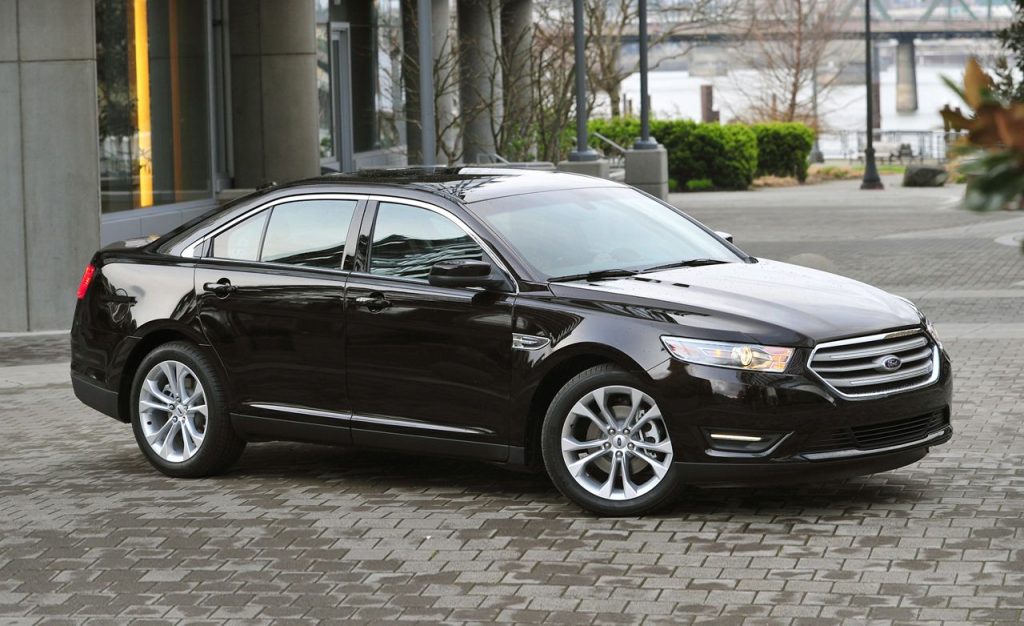
Mechanically, it borrowed from European sensibilities as well—utilizing front-wheel drive and smaller engines.
While V8 engines had been standard in most American vehicles (aside from compact cars), the Taurus exclusively employed four-cylinder and V6 engines powering the front wheels.
This formula proved successful, with the Taurus becoming the best-selling car in the country and earning widespread acclaim from automotive critics—“Motor Trend even named it the Car of the Year for 1986.”
Production of the Taurus continued until 2019, ending around the same time Ford discontinued all sedans in its U.S. lineup except for the Mustang.
Over its run, the Taurus spawned some standout models, including the SHO (Super High Output) versions, which featured a Yamaha-built 32-valve V6 and, in later years, a V8. Altogether, Ford sold approximately 8 million Taurus units during its production life.
Also Read: 10 Full-Size SUVs Known for Long-Lasting Durability Over 200,000 Miles
8. Ford Transit – 8 million
Although the Ford Transit didn’t reach the U.S. market until 2014—alongside the smaller Transit Connect—its origins date all the way back to the 1960s in Europe. The van was first introduced by Ford of Britain and officially launched in 1965.
While American consumers favored the larger Econoline van, Europeans required a smaller, more agile vehicle suited to narrow city streets. The Transit only made its way to the U.S. once Ford began efforts to unify its global vehicle lineup.
The van was the product of a rare collaboration between Ford of Britain and Ford of Germany—two traditionally competitive divisions. Their joint mission was to create a new commercial vehicle with greater cargo capacity than the typical European offerings of the time.
The first-generation, or Mk1 Transit, was available with a V4 gasoline or diesel engine, with a V6 becoming available later on. It quickly gained popularity, transporting massive volumes of goods across Europe over countless miles.
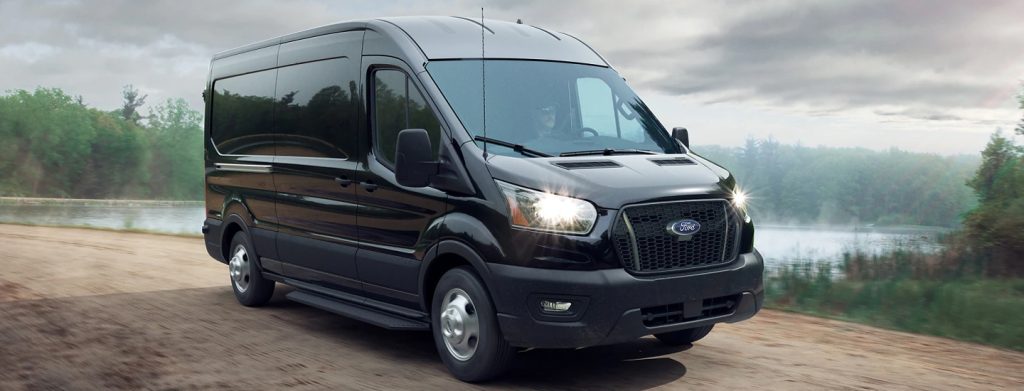
Over time, the Transit has evolved through nine generations and remains in production to this day, now offered as a front-wheel-drive model.
Since its U.S. debut in 2014, it has become one of the most favored cargo vans in the country, fully replacing the Econoline in Ford’s lineup. Across nearly six decades of production across Europe and North America, Ford has sold more than 9 million Transit vans globally.
7. Ford Ranger – 8 million
In the early 1970s, Japanese mini-trucks and compact pickups broke into the American market and quickly gained popularity. Wanting to compete, Ford began importing and rebranding a Mazda-manufactured truck as the Ford Courier.
This continued until 1983, when Ford introduced its first domestically built compact pickup—the Ford Ranger. The new model not only captured a share of the compact truck market but also became a cornerstone of Ford’s dealership offerings.
Its manageable size and highly capable platform made the Ranger an instant hit with consumers. Early versions gave buyers the option between a 79-horsepower 4-cylinder engine and a 115-horsepower V6. While a diesel variant was also available, it was discontinued after 1986.
Later versions of the Ranger expanded the engine lineup and improved both performance and payload capacity, while also elevating interior quality with higher-end materials. The second generation launched in 1993 and ran through 2011.
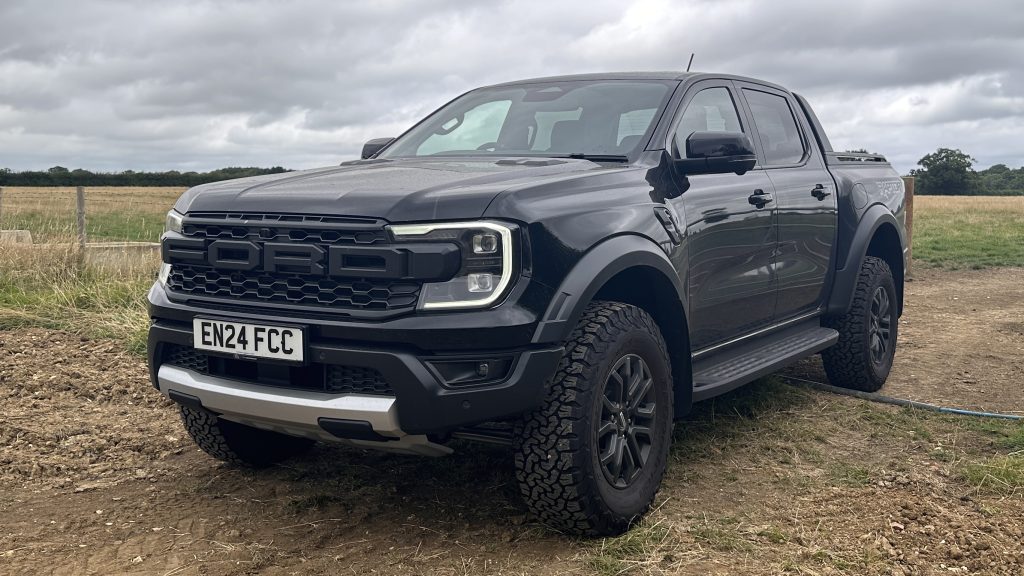
Ford brought the Ranger name back to the U.S. in 2019, though the revived model is notably larger. Still, it remains a consistent player in Ford’s truck segment.
Before being discontinued, the original Ranger sold roughly 7 million units. Since its return, Ford has sold around 350,000 units of the new model in the U.S. alone. Additionally, the international version—first produced in 2011—has seen over 800,000 units built in South Africa so far.
6. Ford Focus – 9.2 million
After decades of success with the Escort across several continents, Ford made the decision in the late 1990s to retire the model and replace it with a vehicle designed from the ground up to be truly global: the Focus.
While Ford had attempted to unify its platforms before—such as with the Escort and Fiesta—those efforts fell short of achieving full worldwide standardization.
The Focus, however, was the first to be built on a platform intentionally designed to serve all markets, with virtually identical components across regions.
The Focus first appeared in Europe for the 1999 model year and reached the U.S. market in 2000. It came in various configurations, including a 3-door and 5-door hatchback, a sedan, and a wagon. Under the hood, a range of small, efficient 4-cylinder engines powered the front wheels.
These engines were not only reliable and fuel-efficient but also complemented the vehicle’s modern and eye-catching design.
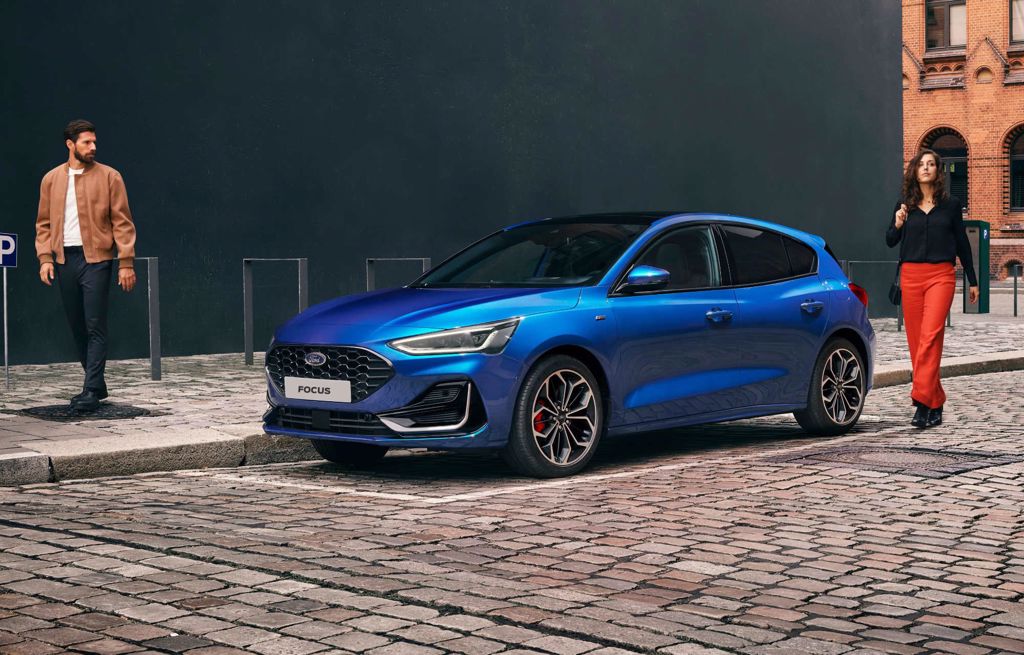
The Focus quickly garnered industry accolades and strong sales, earning awards such as the North American Car of the Year and International Car of the Year in 2000, and the 1999 European Car of the Year.
Focus production has continued across multiple continents, resulting in four generations and numerous special variants, including performance editions like the Focus SVT and Focus ST.
Its broad appeal as a compact, functional, and affordable vehicle—backed by Ford’s strong reputation—has helped the automaker sell 9.2 million units globally. However, Ford has announced that production of the Focus in Europe will officially end in 2025.
Also Read: 10 Cars That Run Perfectly After 250,000 Miles Without Major Repairs
5. Ford Mustang – 10 million
In the early 1960s, the iconic Lee Iacocca aimed to revitalize Ford by introducing a car that would resonate with younger drivers — something sporty, performance-oriented, and still within reach financially.
This vision gave birth to the Mustang and launched what we now call the pony car segment. The Mustang’s lightweight frame combined with the option for a potent V8 engine turned out to be the winning formula for a groundbreaking new model.
The very first units were released mid-year as the 1964 ½ model, after the vehicle generated 20,000 orders immediately following its debut at the 1964 World’s Fair.
Sales for the 1965 model year Mustang reached 419,000 units, far surpassing initial projections. This success secured the car’s position in Ford’s lineup, and its enduring popularity has ensured it remains the only car Ford currently sells in North America.
Over time, the Mustang has undergone numerous changes across its seven generations, yet it remains an American automotive icon. The model has inspired a variety of special editions, some of which—like the Shelby GT350 and GT500—have become incredibly rare and collectible.
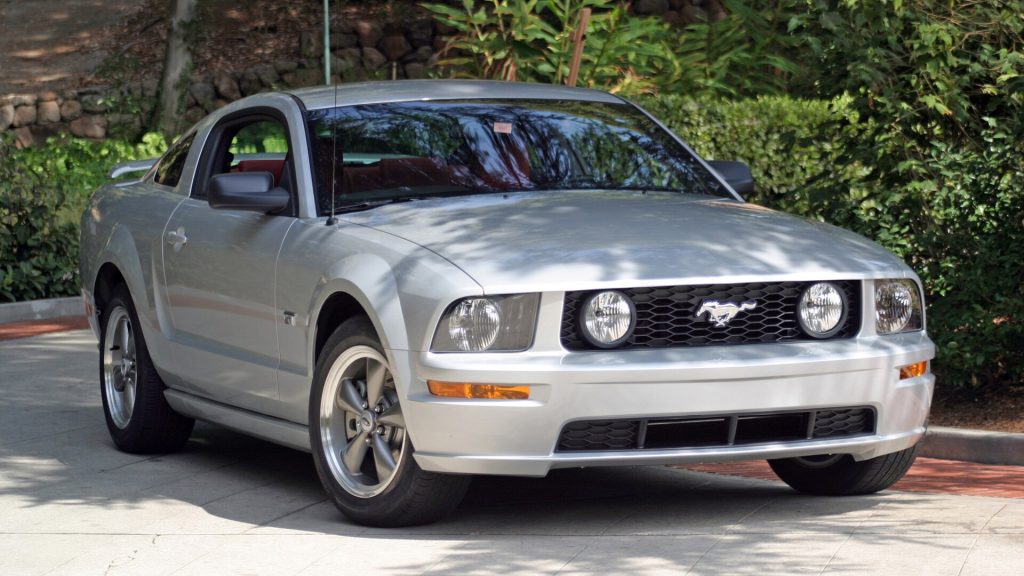
During the 1980s, the Mustang SVO was introduced, and factory-backed custom builds from Saleen hit the market. Today, high-performance versions are still available from Shelby American and Roush.
With over 50 years of continuous production behind it and no indication of stopping, the Mustang continues to dominate as the quintessential pony car.
The model’s impressive popularity has resulted in approximately 10 million people becoming proud owners of a brand-new Ford Mustang.
4. Ford Model T – 15 million
Many people might be surprised to learn that the Ford Model T wasn’t Henry Ford’s first vehicle. Still, it was the first of his cars to achieve massive commercial success.
While Oldsmobile had already developed a car using an assembly line, it was Ford’s innovation in automating the Model T’s production that made it such a dominant presence on American roads and eventually around the globe.
Henry Ford’s first creation was the Model A—a name later revived—and he continued building successive models, progressing through the alphabet until he arrived at the Model T, a design he considered close to perfection.
Unlike competitors who catered to the upper class, Ford’s mission was to produce an affordable and user-friendly automobile for the average person.
Production of the Model T began in 1908 and incorporated numerous cost-cutting strategies, most famously by offering only black paint.
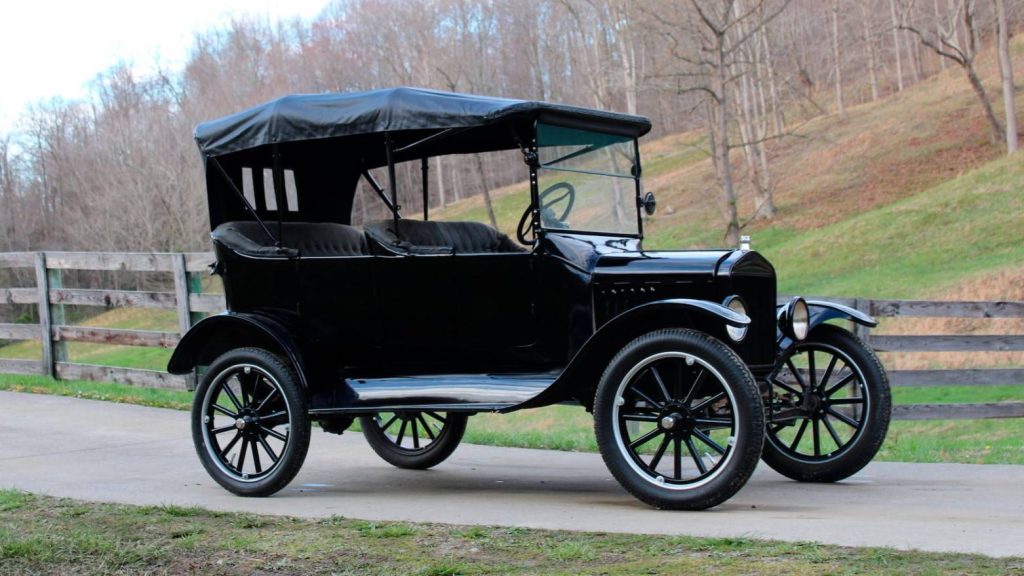
Ford also revolutionized manufacturing by introducing a moving assembly line, where workers stayed in position and performed the same task on each vehicle as it passed by.
This significantly boosted efficiency, slashing production time from 12.5 hours to just 93 minutes by 1914. With this advancement, prices dropped as well—from $825 at launch to just $360 by 1916. Henry Ford celebrated the production of the 10 millionth Model T in 1924.
Even though the design had become outdated by then, production continued until 1927, at which point 15 million units had been sold.
3. Ford Escort – 20 million
The compact Ford Escort was a long-standing favorite among American car buyers, but its origins trace back to Europe in 1967. That year, Ford of Europe introduced the Escort as a replacement for the Anglia saloon — or sedan, as it’s called in the United States.
Although both cars were compact in size, they were highly favored by European motorists, and the Escort launched to strong sales. Positioned as a safer and better-performing successor, the new model leveraged Ford’s strong reputation on the continent.
The Escort quickly became one of Europe’s best-selling cars, and the nameplate was adopted in North America starting in 1981.
The American Escort was designed primarily as an economical hatchback targeted at value-focused consumers in need of an affordable, functional vehicle without unnecessary extras.
Initially, the European Escort was rear-wheel drive, but both it and the American version transitioned to front-wheel drive around 1980. While the two models shared a platform, they were each tailored with distinct styling, trim levels, and interior options.
Over the years, the Escort experienced both high points and challenges. The American versions were often criticized for inconsistent build quality, and Ford’s efforts to create a globally uniform Escort failed to gain traction.
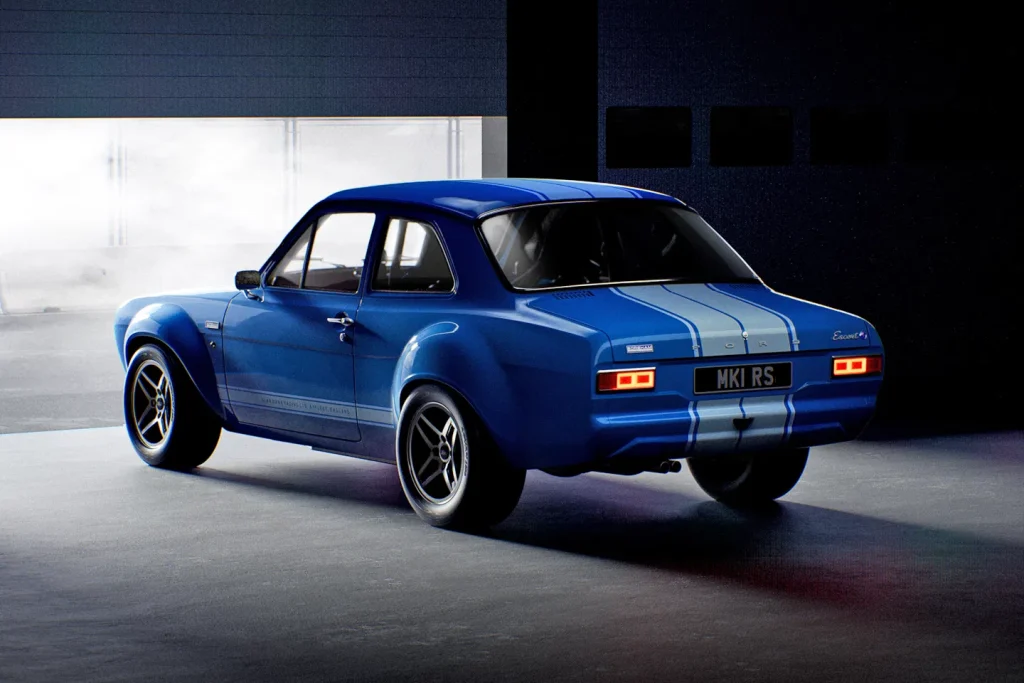
Europe phased out the model in 1997 in favor of the Focus, while the North American Escort continued production until 2000. Nevertheless, across all regions, the Escort achieved remarkable commercial success, with 20 million units sold by the time production ended.
2. Ford Fiesta – 22 million
In 1976, the first models of what would become Ford’s most successful global front-wheel-drive car began rolling off the production line.
That car was the Fiesta — a new contender in the supermini category. While these compact cars had broad appeal around the world, American consumers in the 1970s typically favored much larger vehicles.
Even so, the Fiesta launched in 1976 and appeared in U.S. showrooms alongside the massive full-sized cars of the era, like the 1976 Ford LTD.
The first-generation Fiesta met with only moderate success in the U.S. market, but its story was very different overseas.
The Fiesta remained in production for decades, undergoing five major redesigns before its eventual retirement. Its reputation as a nimble, no-nonsense car with solid reliability kept customers loyal across generations.
Several high-performance versions also emerged over time, evolving into today’s desirable hot hatches. The model returned to the U.S. between 2011 and 2018, and 2023 marked the final year of production globally.
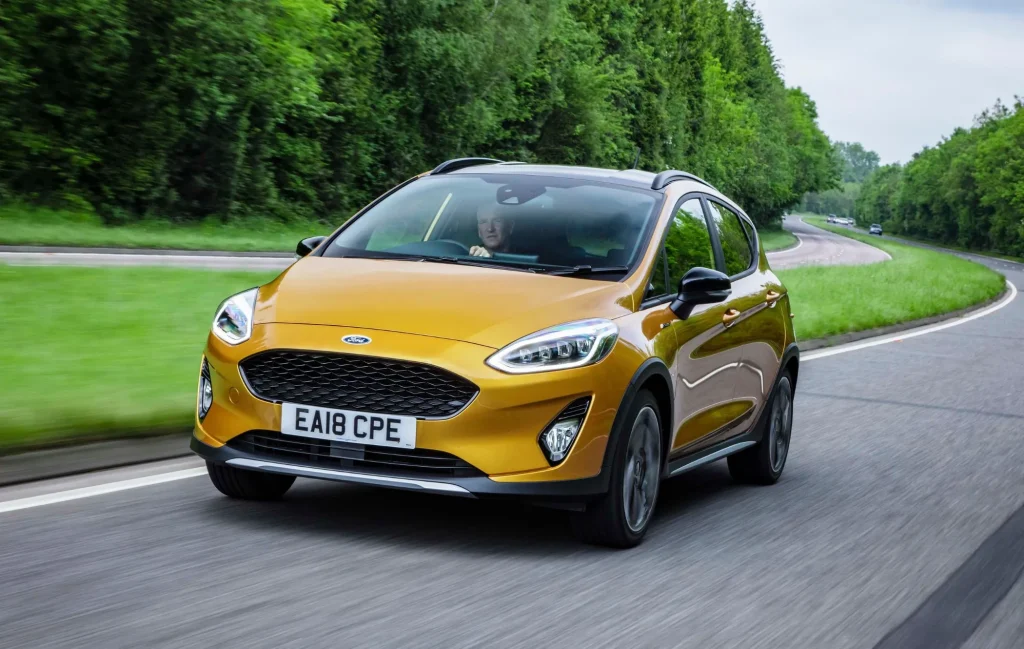
Although the Fiesta didn’t gain strong traction with American drivers, its international performance told a different tale.
The car was assembled in 15 different countries, helping it reach consumers around the world. In the end, Ford sold 22 million Fiestas globally, cementing its place as the highest-selling car Ford has ever produced.
1. Ford F-150 – 41 million
Anyone even casually familiar with Ford knows that the company’s top-selling product isn’t a car at all — it’s a truck.
The Ford F-150 has gone through 14 generations since its 1948 debut, evolving from a barebones workhorse into a modern truck that often rivals luxury vehicles — while still retaining its core ability to handle tough jobs.
The earliest models carried simple designations like F-1 or F-2, with the next generation establishing the F-150 name we recognize today.
For many years, the F-Series lineup remained largely utilitarian — engines changed over time, but interiors stayed basic, featuring bench seats, minimal instrumentation, and little in the way of comfort.
In the 1970s and 1980s, Ford began incorporating more convenience features, including power windows, bucket seats, and extended cabs that offered added space.
The late 1990s ushered in the now-standard double cab design, along with a noticeable shift toward upscale interiors and advanced creature comforts.
Through every iteration, rugged durability has remained a defining characteristic of the F-Series trucks. Modern F-150s offer a wide range of configurations, starting at around $38,000 and climbing to luxury-tier prices of roughly $84,000 for fully loaded special editions.
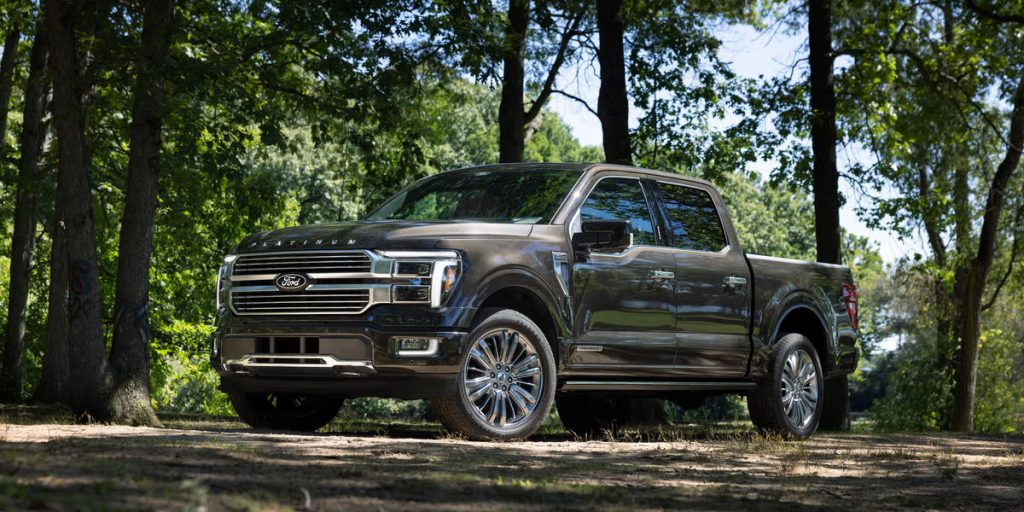
Despite the growing emphasis on comfort and tech, the F-150 hasn’t lost its working-class roots. The truck has held the title of best-selling vehicle in the United States for 41 consecutive years, and Ford seems poised to continue that streak with upcoming models.
As of 2022, the company had sold more than 40 million F-150s, and with roughly 600,000 more sold annually — or one every 49 seconds — that number continues to climb.

